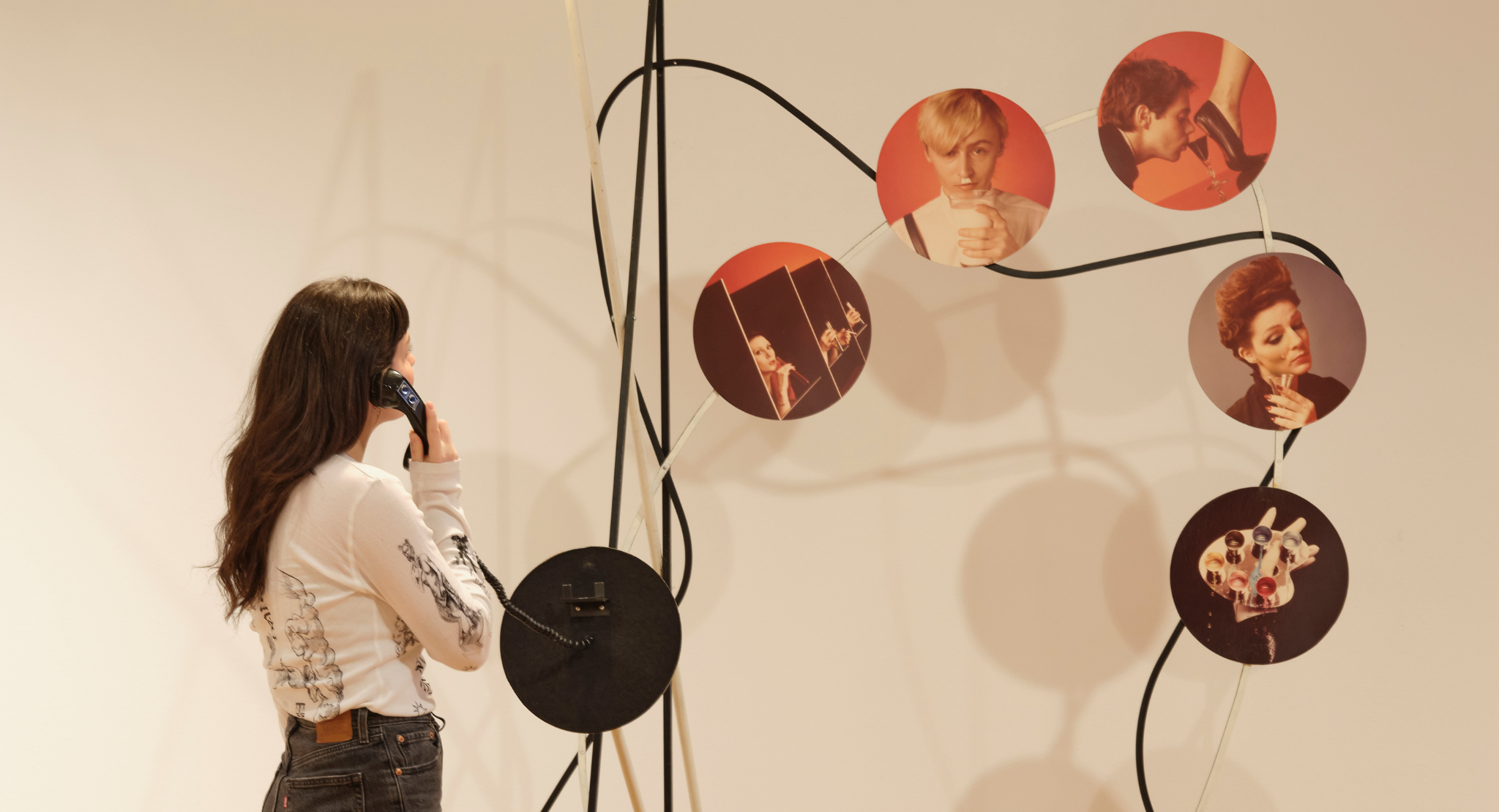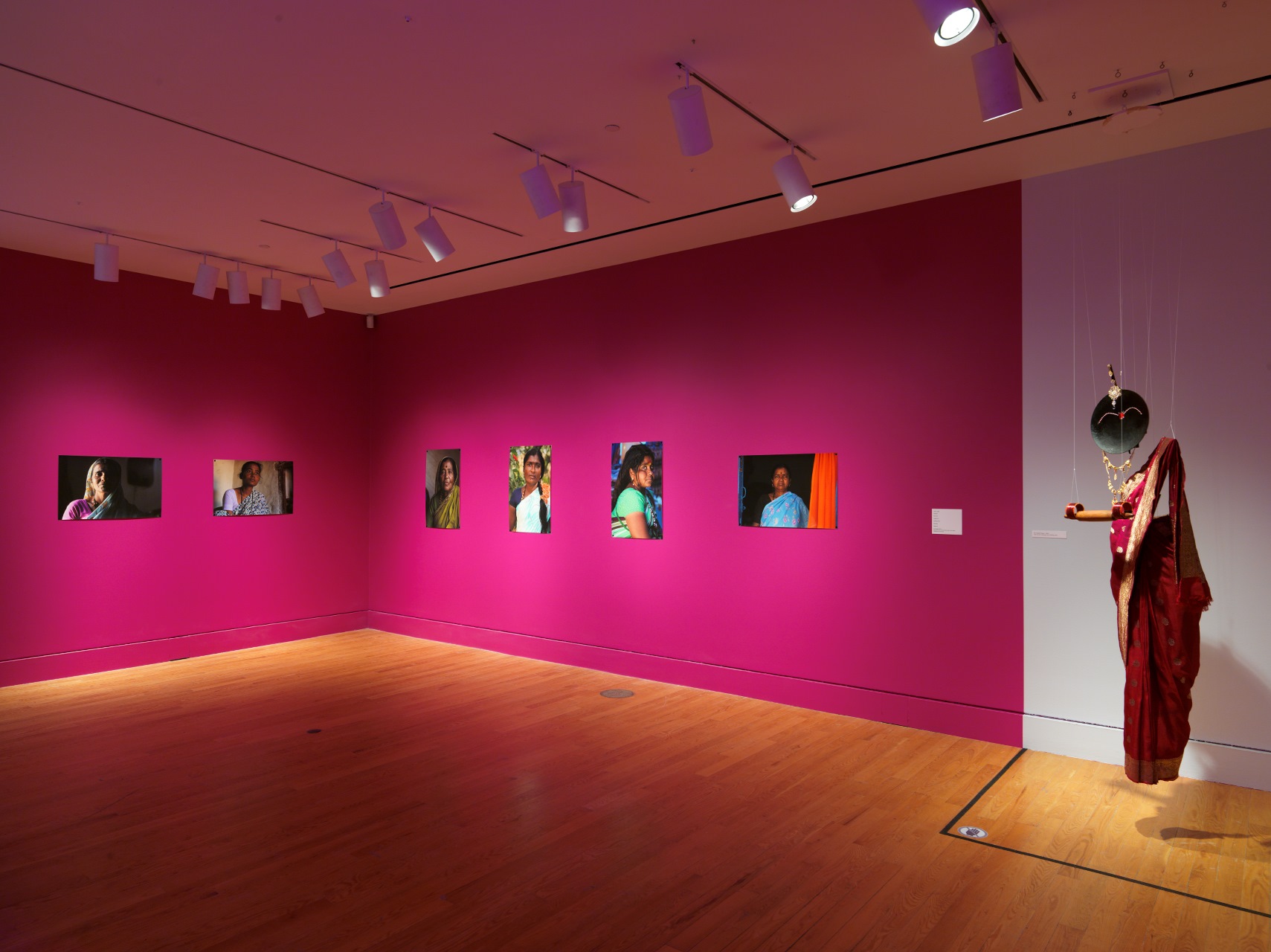Many institutions possess audiotapes and analog media that are the only record of culturally significant information. These analog formats have a finite lifetime. Over time audiotapes degrade, wires wear out and finding parts to repair equipment becomes more difficult. To ensure the original information remains accessible and preserved, it must be migrated to new technologies.*
Fortunately, the AGH only has a few analog media works that require the labor-intensive and specialized knowledge required for their digitizing. The two-year digitization program supported by the Government of Canada’s Museum Assistance Program offered us a unique opportunity to spend the time to research, problem solve and install Conversation Piece (1980) by the queer Canadian art trio General Idea (1969-1994). Conversation Piece (1980) relied on an 8-track tape and player to run audio to a phone that viewers could then pick up and listen to. This article will discuss some of the steps and techniques the Gallery staff went through to migrate the information from the 8-track tape to be playable and preserved in its digital form for years to come. The hope is to demystify both the practical steps of converting analog media (should you have your own to digitize), as well as the general practice and purpose of ‘fine art digitization’.
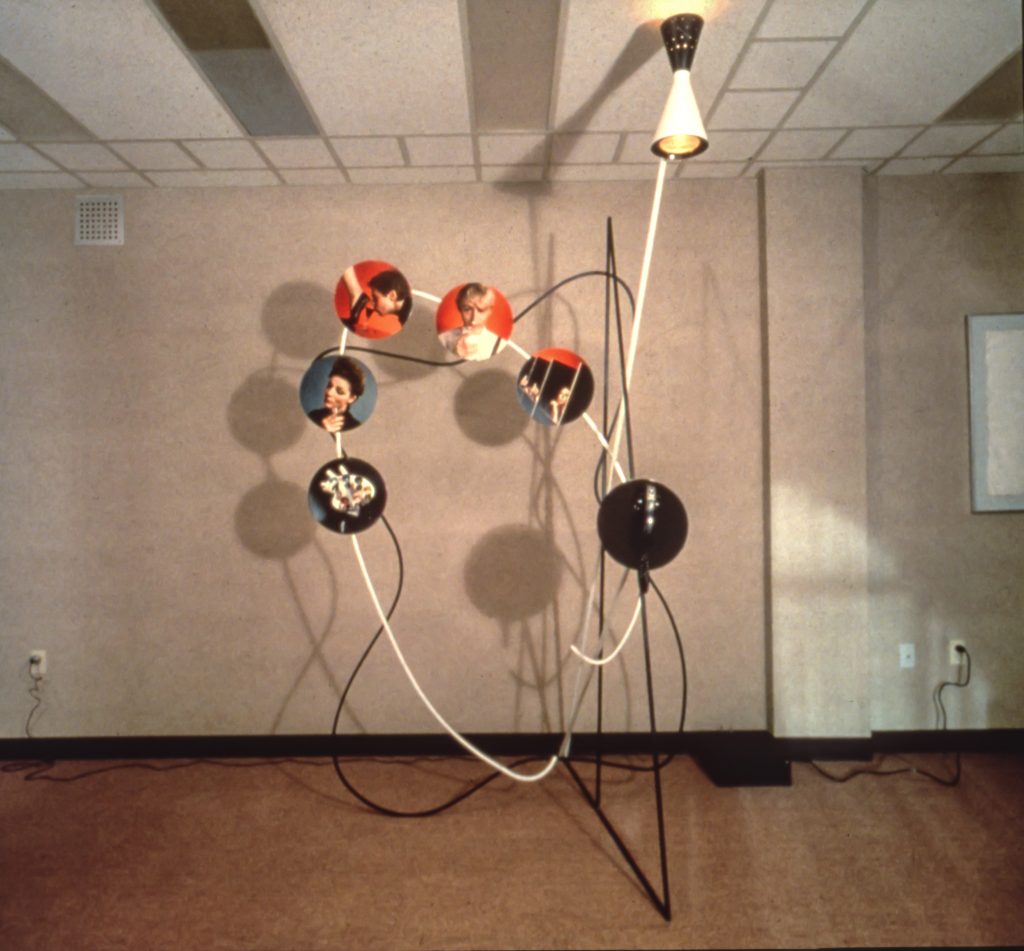
Digitized slide of Conversation Piece (1980) installed at the AGH in 1993. This image was invaluable as our only reference for installation. © AA Bronson, 1980. Permissions courtesy of AA Bronson.
The initial step in digitizing the 8-track tape for Conversation Piece (1980) was researching best practices for the digitization of analog media. This simply means, what do the experts say is the best way to get the information and store it so it can be safe for as long as possible? The Canadian Conservation Institute (CCI) provides standards, advice and guidelines for archives, museums and heritage institutions. The CCI’s Digitization of Audiotapes – Technical Bulletin 30 was an invaluable resource in this process. To be able to digitize the 8-track tape itself, a specialist would need to open the plastic cartridge. This required the altering of the original artwork, both by changing the way the tape would be stored, and, because it was unsafe to play the 8-track on the original player, replacing the audio within the installation with its digitized version. When a gallery or museum wants to make any kind of change to an artwork, they first need to contact the artist or their estate, inform them of any proposed changes, the reasons, the implications and receive permission from the artist(s). After reaching out to Richard Hess, an expert in the digitization of audio tapes, and with approval from AA Bronson, General Idea’s remaining member, the original 8-track tape was sent to Richard. Richard did an evaluation of the tape and removed the reel from the 8-track housing. He then put the reel onto a reel-to-reel playback machine. A digital recorder was ‘married’ or paired to the reel-to-reel, which stored the resulting sound onto an SD card. From there the files were sliced into tracks and converted into .wav and .MP4s.
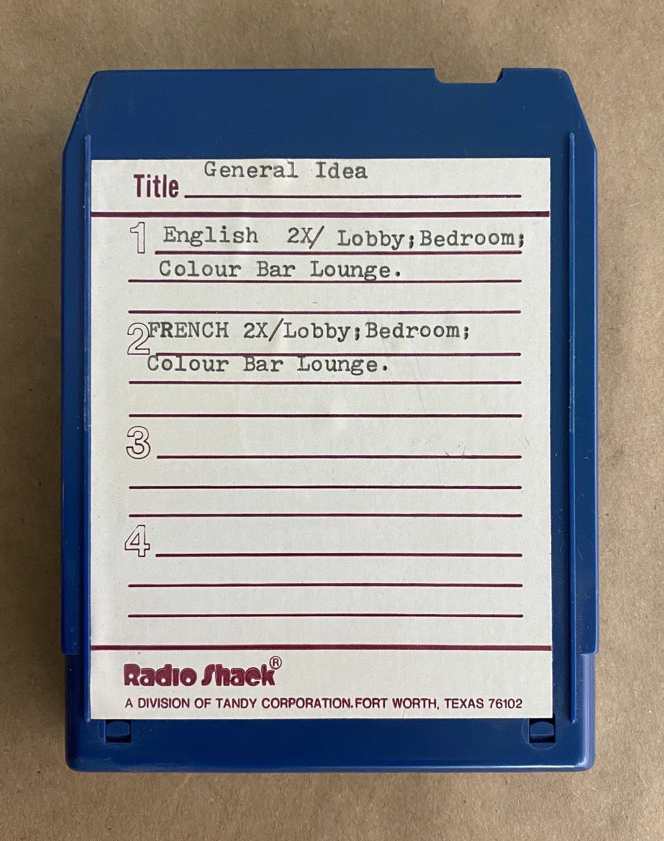
Original 8-Track cassette used in Conversation Piece (1980).
© AA Bronson, 1980. Permissions courtesy of AA Bronson. Photo: AGH, 2022.
Initially, the audio for the work was played from a Muntz 8-track player that was encased in a black wooden box. Audience members picked up the phone and were able to switch between English and French recordings using the buttons of the phone’s handset. According to the files relating to the acquisition of this work, these buttons did not function when the work arrived at the AGH. An error in how the tracks were ordered may have occurred when the original recording (which was done on a reel-to-reel) was copied onto the 8-track.
For the two weeks Conversation Piece (1980) was installed during the exhibition and documentation lab, Pigment To Pixel (February – May 2023), visitors could pick up the phone and hear the English version (at the request of the artist) of the new digital recordings. The audio was played from the original speaker and phone off of a multi-media player (like an MP3 player) hidden in a black box of similar size and shape to the one used to encase the 8-track player in the original installation. Now the audio can be experienced indefinitely without degrading and easily shared with the public and fellow institutions. The original tape, housing, and player remain safely housed in our vaults.
Installing and digitizing Conversation Piece (1980) would not have been possible without the expertise, generosity, and support of Richard Hess. The digitization team would like to thank Greg Dawe, our Lead Preparator, for his audiophile prowess and institutional knowledge, and Mike Lalich, our endlessly generous and skilled photographer. We would also like to express our gratitude to AA Bronson for his flexibility and timely email communication. You can see the images of Conversation Piece, and lots of other work digitized over the past year on our collection website https://tms.artgalleryofhamilton.com/collections.
* Institute, C. C. (2020, July 22). Government of Canada. The Digitization of Audio Tapes – Technical Bulletin 30 – Canada.ca. Retrieved March 29, 2023, from https://www.canada.ca/en/conservation-institute/services/conservation-preservation-publications/technical-bulletins/digitization-audio-tapes.html
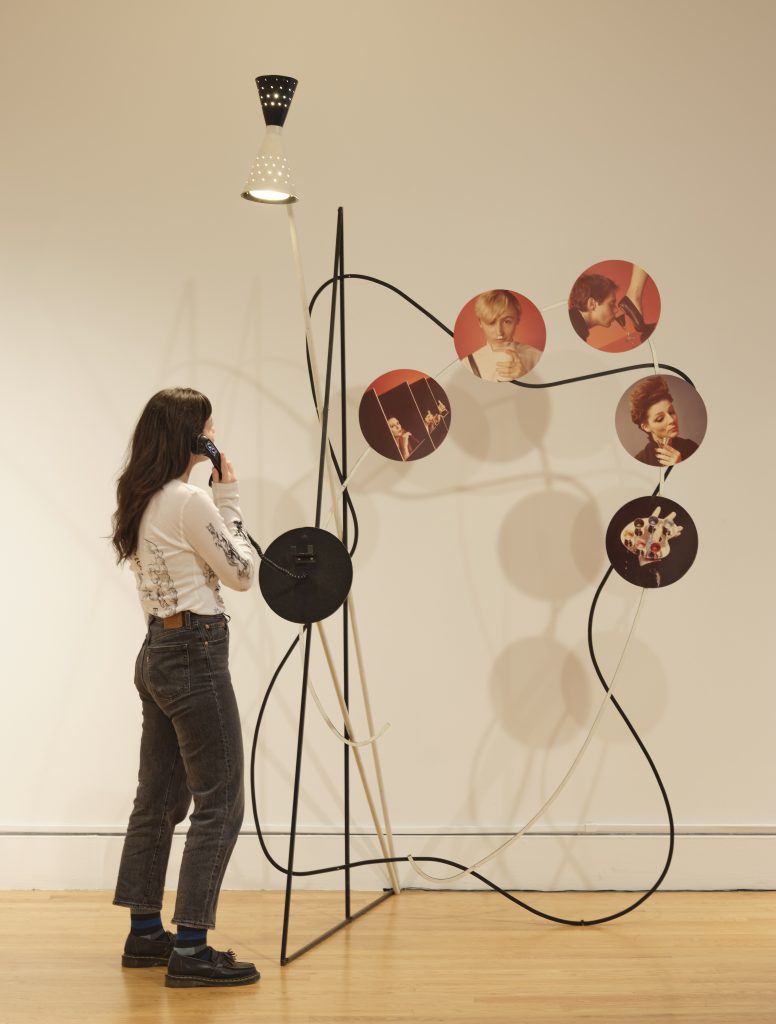
Conversation Piece (1980) by General Idea installed during Pigment to Pixel, 2023.
© AA Bronson, 1980. Permissions courtesy of AA Bronson. Photo: Mike Lalich, 2023.
